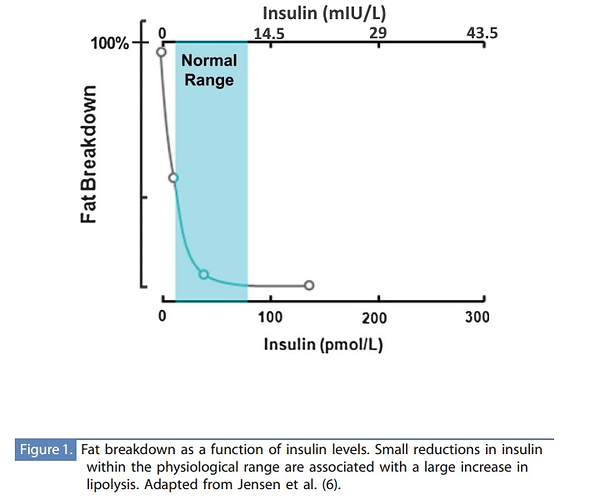How does one define “basal insulin”? Is this the same as that ‘minimum setting on your “thermostat”’?
What my dog taught me about CI:CO
I would like to know as well. How do you find out what your basal insulin is?
It is how much insulin you make in response to the glucose you have to have in circulation to keep your glucose dependent tissue fueled. Extracting out all the extra insulin you make in response to stimulation by food.
Fasted Insulin is the closest we can get to it.
I make 13.7 mIU/l but a year ago I was making 29 mIU/L so I’m am slowly improving that with time. The longer I am at lower levels of insulin, the more sensitized I become to it, and the less I need to make.
Are you aware of any science that measured whether insulin continues to drop (even a small amount) after 12 hours fasting (which is typical for a blood test)? If it continues to fall, I wonder if we should be saying “12-hour fasting Insulin” just for accuracy. I can accept that it stays at 12-hour baseline, though, I’m just curious.
I totally agree. My fasted insulin is 13.7 mIU/L. According to this chart of adipose tissue releasing stored fat for use vs Insulin … at 13.7 I should not be able to use any body fat for energy.
Normally when I fast I feel OK for the first 18 hours during which I speculate that I am still running on energy left in my circulation from the last few meals. Then I appear to fall into a pit of no energy where I normally go to sleep and when I wake up I feel great. So sometimes between 24 and 48 hours I all of a sudden have an excess of energy.
Clearly my insulin has dropped significantly as at that point I have access to stored energy.

